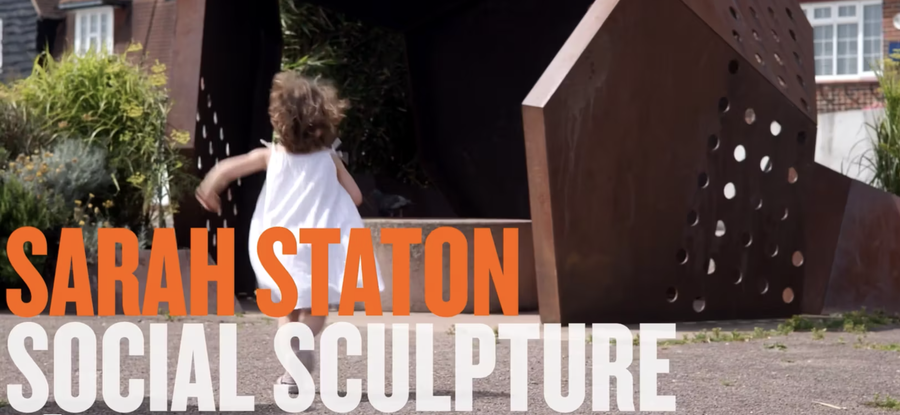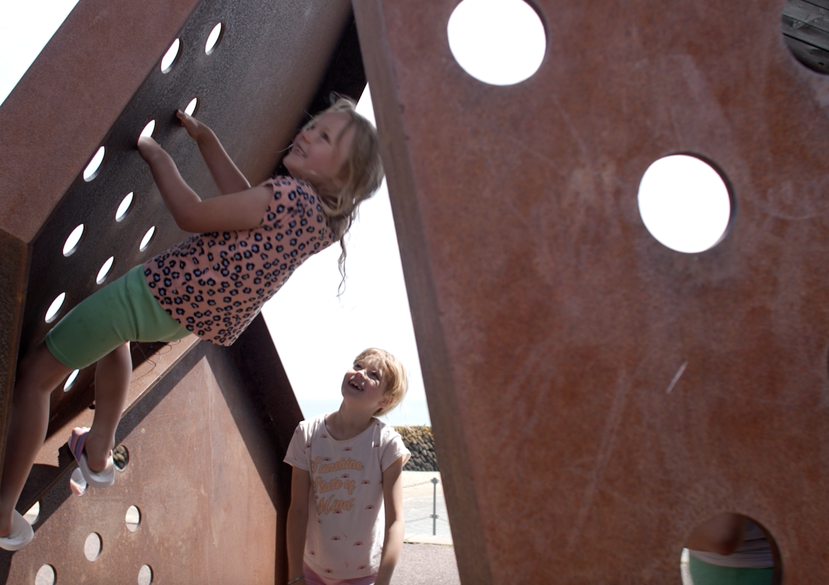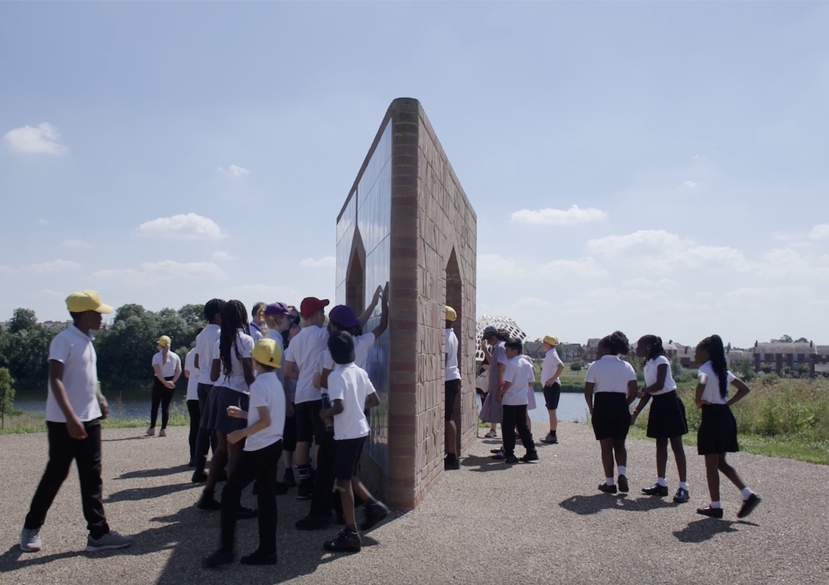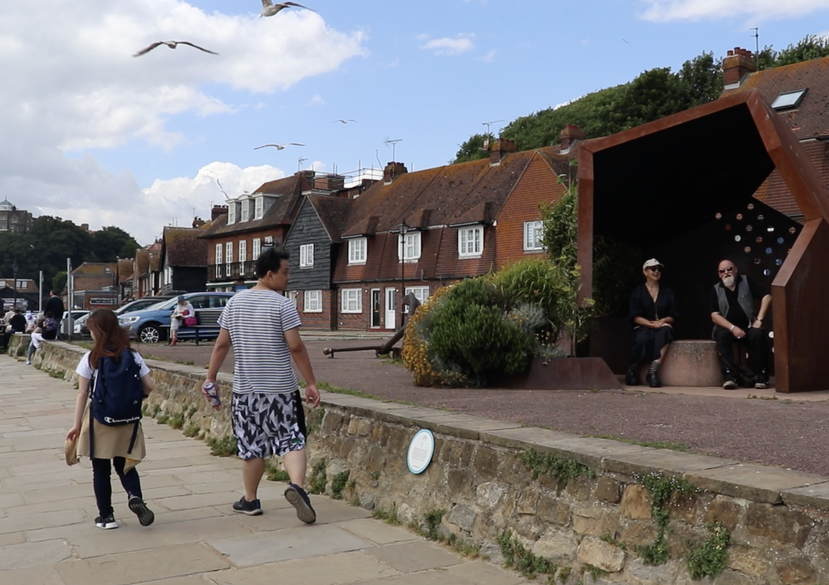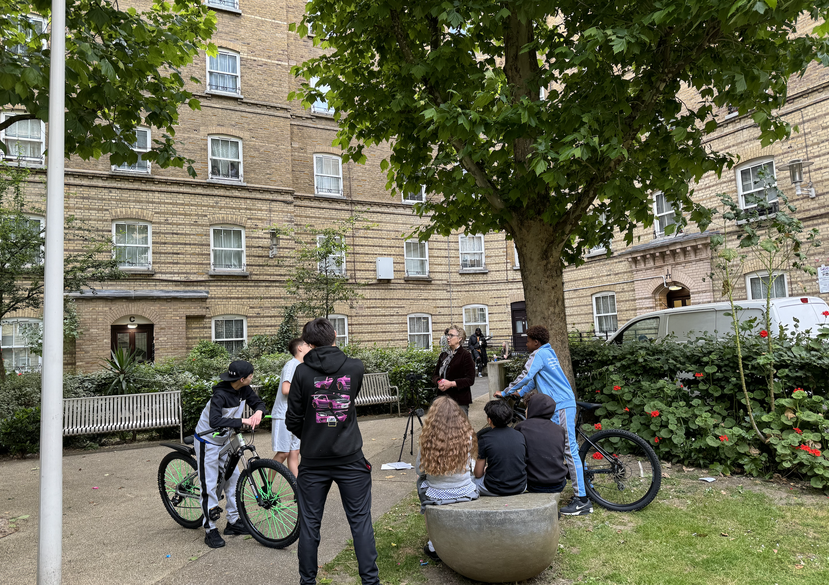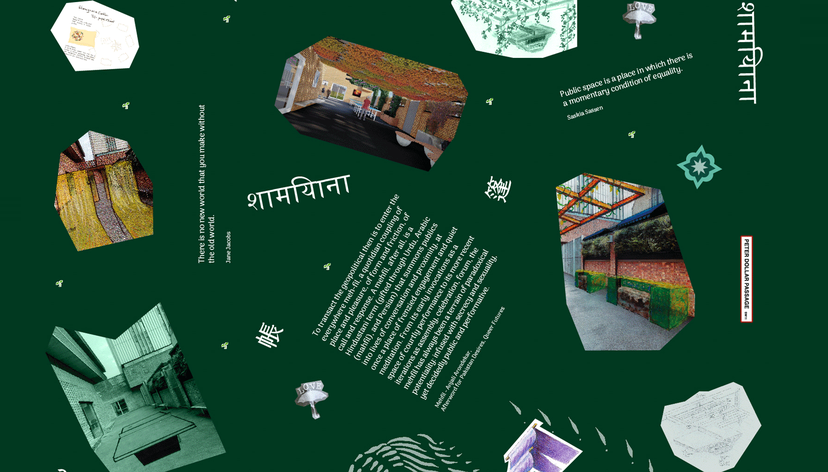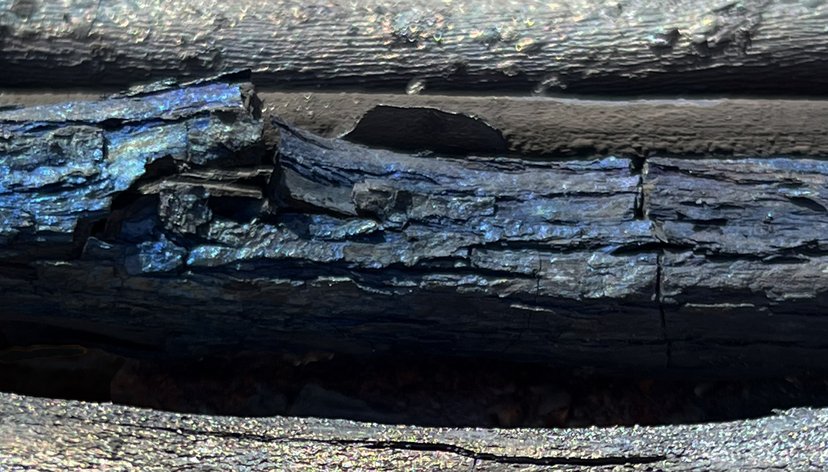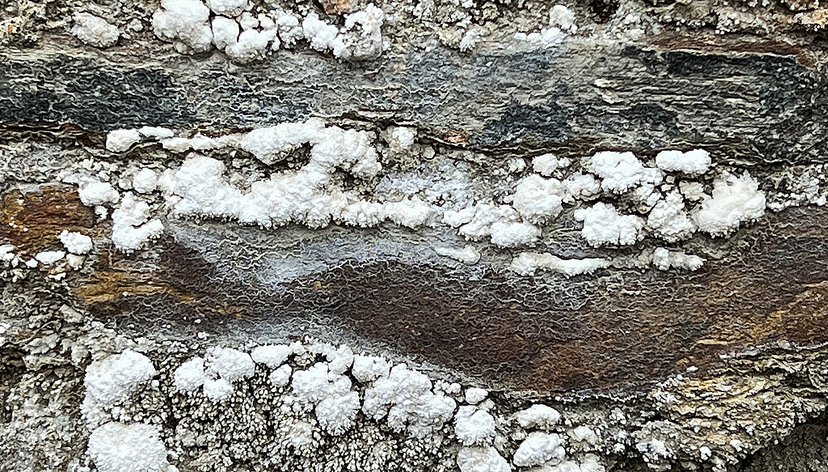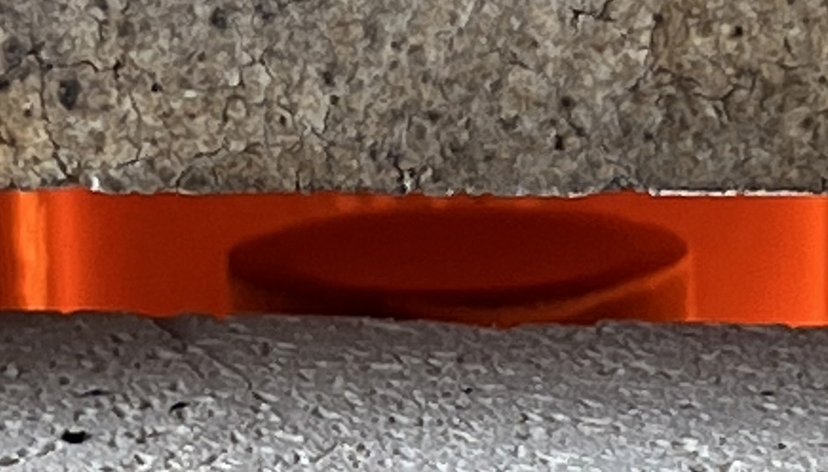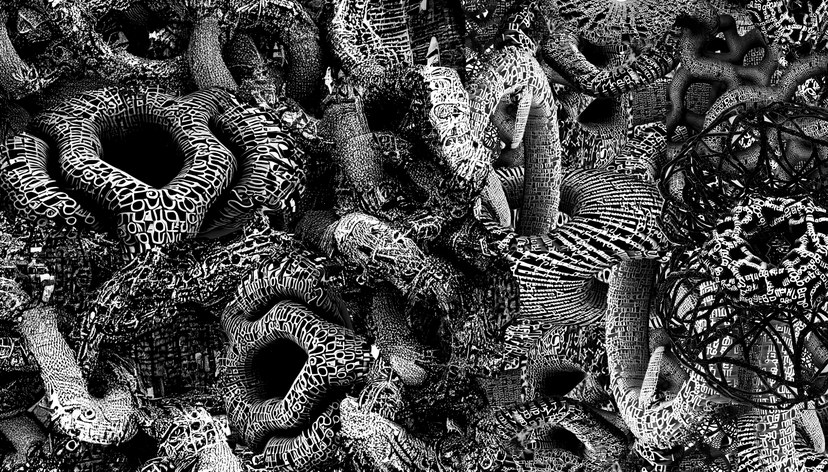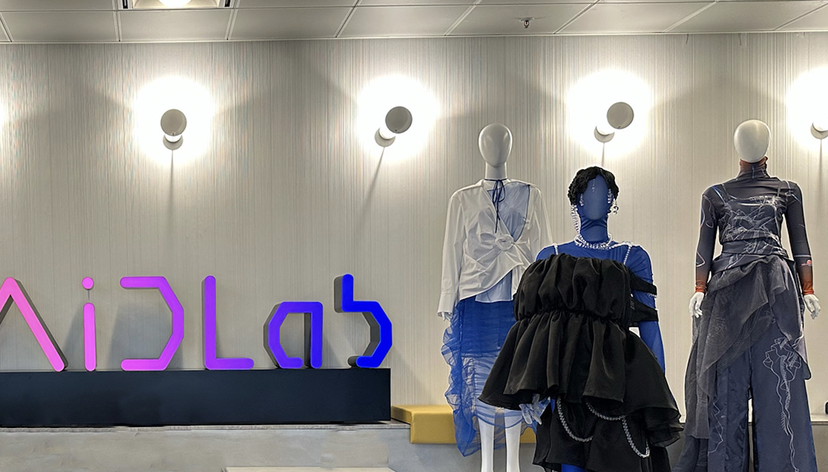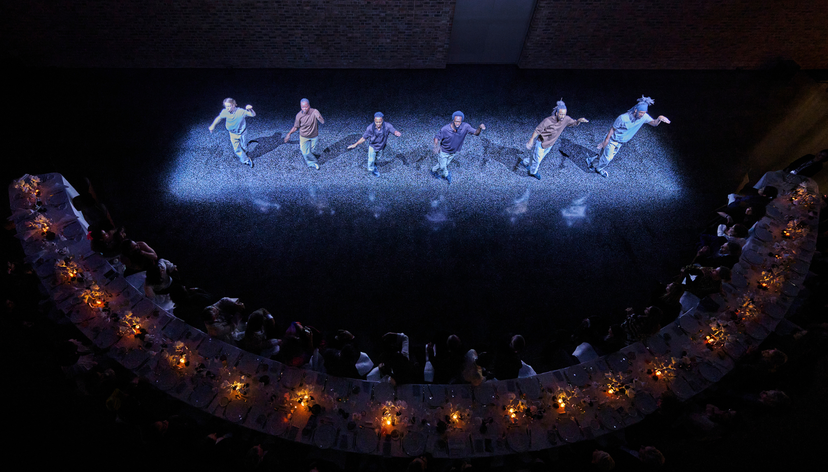
The impact study saw Sarah Staton revisit three of her permanent public art commissions to explore the role of public sculpture in fostering community connections and creating engaging places for conversation and public ritual.
At a glance
- Sarah Staton, Artist, Co-Lead of the Spatial Value Research Group and Senior Tutor, MA Sculpture, revisited three of her permanent public art commissions located in London, Kent and Buckinghamshire.
- The project examined the lasting effects of Staton's public art commissions on their respective local communities, offering insights into the transformative effects of art in public spaces.
- The specifics of the three locations and contexts inspired three unique sculptural responses, all three have been commissioned via agendas around placemaking/public realm improvement. The constituent communities that live with the sculptures can be said to be ordinary working communities, and all the sites are modest neighbourhood locales.
- Funded by the Royal College of Art AHRC Impact Acceleration Account.
Key details
Gallery
More information
The approach
The sculptures chosen for the study dated back to 2003, 2014, and 2021. Each commission responded uniquely to its specific context and history, ranging from an inner-city courtyard to a seaside town and a suburban housing development. All three projects were commissioned with a focus on placemaking and public realm improvement, with the communities living with these sculptures representing a broad spectrum of residents.
As part of the study, Staton and her team conducted on-site research, engaging with the communities through informal conversations and observations. All of this work required some luck, a personable kind of approach, along with a need for the kind of clement weather that brings people outside.They filmed interactions and interviews with residents, resulting in a 12-minute documentary film, 12 short reels, and a collection of still images.
Key findings
The study found that the sculptures have become key social anchors in their respective communities. Despite the modern world’s reliance on digital connectivity and non-human service agents, these artworks serve as tactile, non-commercial spaces where people can gather, relax, and engage with one another in meaningful ways.
The study also highlights that Social Sculpture – lasting, context-specific public art that interacts with, and enhances, its community – can play an important role in counteracting the wide-ranging effects associated with urban homogenisation, neglect and the growing crisis of loneliness, and demonstrates that it can be a powerful tool for placemaking in today’s rapidly changing world.
‘Apple and Pears’ (2003) – Abbey Orchard Peabody Estate, Westminster
The first of Staton’s sculptures, ‘Apple and Pears,’ has become a beloved feature of the 19th century Peabody estate’s yard during their 21 year life. The giant fruits echo the area's historic orchard, creating a space for social interaction among residents. Many cited the sculptures as integral to the unique identity of their neighborhood, helping them navigate in and around the area, and emphasised that the sculptures made them feel more connected to the place they call home.
‘Steve’ (2014) – Folkestone, Kent
A large corten steel sculpture commissioned for the Folkestone Triennial sits on the harbour wall and acts as a public pavilion space that invites interaction from both residents and tourists. During research visits, Staton’s team discovered that the sculpture serves not only as a physical space for rest and shelter but also as a popular social hub, with visitors using it for everything from sun shelter to background for social media videos.
‘Alphonso’ (2021) – Newton Leys, Buckinghamshire
Located in a new housing development, commissioned by Milton Keynes council, funded through Section 106, ‘Alphonso’ is a brick and tiled triangular arch with viewing seat, atop a historic mound, on the site of a past brickworks. Staton’s research included visiting the local primary school where the children made drawings followed by a walk to the sculpture whereby the children recounted memories of the annual Remembrance Day ceremony that is now held on the mound. Some residents have adopted the sculpture as an expansive place of solitude, and to escape from screen-based working online.
Support and acknowledgments
The Social Sculpture Impact Study was supported by Dr Jessica Hindes, Research Impact Manager, and Emma Matthys, Research & Knowledge Exchange Administrator at the RCA Research & Knowledge Exchange Office. Caroline Ashley and Chris Lee also played key roles in documenting and disseminating the project.
